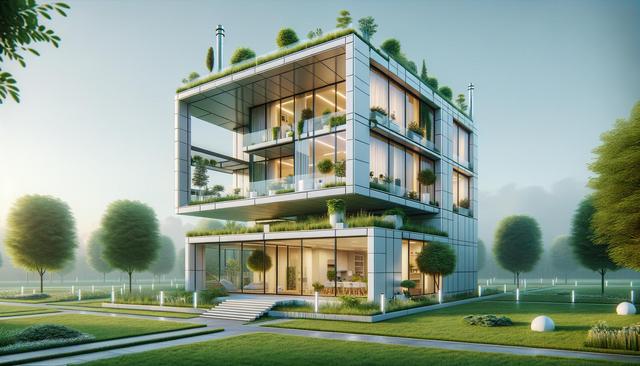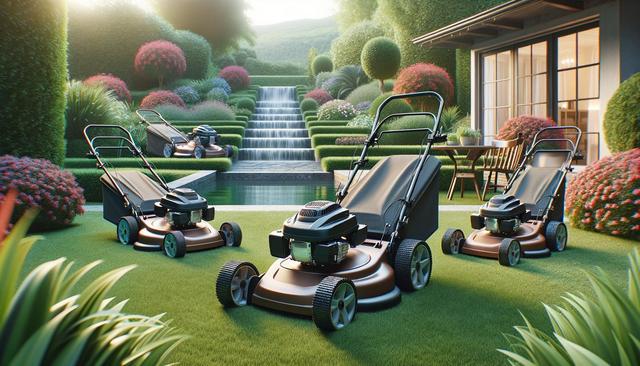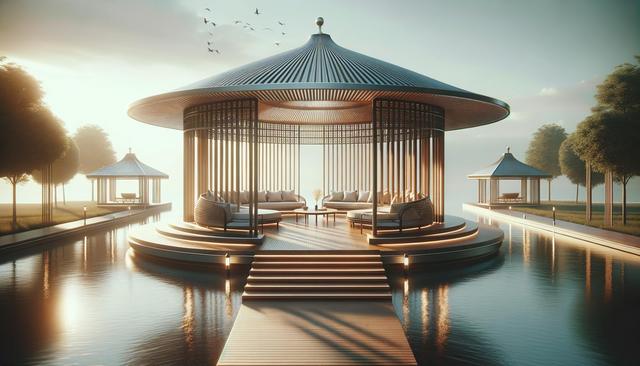What Are Prefabricated Houses and Why Are They Gaining Popularity in 2025?
Prefabricated houses, often referred to as prefab homes, are constructed in sections off-site and assembled on location. This building method has gained significant traction in 2025 due to its efficiency, reduced construction time, and potential for lower overall costs. Unlike traditional homes, which are built entirely on-site, prefabricated homes allow for greater quality control and less exposure to weather-related delays, making them a practical choice for many homebuyers.
One of the primary reasons for the increasing interest in prefabricated houses is the shift toward more sustainable and affordable living options. These homes are often built using innovative materials and energy-efficient designs that align with current environmental standards. As more people look for ways to minimize their carbon footprint and maximize their housing budget, prefabricated homes offer an appealing solution.
In 2025, the demand for modular homes continues to rise, particularly among first-time buyers, downsizers, and those seeking second properties. Whether you’re searching for a compact studio, a family-sized dwelling, or a custom-designed layout, prefabricated houses come in a variety of styles and sizes to fit different needs and preferences.
Average Cost of Prefabricated Houses in 2025
The cost of prefabricated houses in 2025 can vary widely depending on factors such as size, materials, location, and customization. On average, buyers can expect the following price ranges:
- Basic prefab homes: $50,000 – $100,000
- Mid-range models with moderate customization: $100,000 – $200,000
- High-end or custom-designed prefabs: $200,000 and above
These figures typically include the main structure of the home but may not cover additional expenses such as land purchase, site preparation, utility installations, and permit fees. Compared to traditional homes, which can cost significantly more due to labor and extended construction timelines, prefabricated houses tend to offer more budget-friendly options.
It’s important to note that the overall cost also depends on the home’s square footage, the complexity of the design, and the region where it’s being installed. For instance, areas with higher land prices or stricter building codes may see increased total costs. Still, the controlled factory production process helps reduce waste and labor expenses, making prefabricated housing an efficient and often more affordable alternative.
Cost Factors That Influence Prefabricated House Pricing
Several factors contribute to the final cost of a prefabricated house in 2025. Understanding these variables can help buyers make informed decisions and stay within budget:
- Design and customization: Basic models are more affordable, while custom layouts, premium finishes, and smart home features increase the price.
- Size and layout: Larger homes naturally cost more due to the materials and assembly time required.
- Location: Transportation costs, land prices, and local regulations can significantly influence the total expense.
- Foundation and site work: Preparing the site for installation, including grading, foundation pouring, and utility connections, adds to the budget.
- Permits and inspections: Local permits and adherence to building codes may incur additional costs depending on the jurisdiction.
Buyers should also consider long-term savings such as energy efficiency and lower maintenance costs. Many prefabricated homes use insulated panels, energy-efficient windows, and eco-friendly materials, which can lead to reduced utility bills over time. These savings, combined with lower upfront construction costs, make prefab homes a compelling option for cost-conscious consumers.
Comparing Prefabricated Houses to Traditional Homes
When comparing prefabricated houses to traditional homes, the cost difference is often one of the most significant advantages. Traditional homes typically require longer construction periods, more labor, and potentially higher financing costs due to extended timelines. In contrast, prefabricated homes can be completed in a fraction of the time, minimizing delays and reducing labor expenses.
Here are a few key comparisons:
- Construction Time: Prefabricated homes can be move-in ready within a few months, while traditional homes may take six months to over a year.
- Material Efficiency: Factory-built homes utilize materials more efficiently, leading to less waste and cost savings.
- Customization: While traditional homes offer greater flexibility, modern prefab builders now provide a wide range of design options that cater to diverse tastes.
- Quality Control: Prefabricated homes benefit from consistent factory inspections and controlled environments, ensuring a high level of construction quality.
Although traditional homes may offer more architectural freedom and long-standing resale value, prefabricated houses are quickly closing the gap with advancements in design and construction technology. For many buyers, the balance of affordability, efficiency, and quality makes prefab homes a solid choice in today’s housing market.
Tips for Finding Budget-Friendly Prefabricated House Deals
Finding a good deal on a prefabricated house in 2025 involves research, planning, and working with reputable builders. Here are some practical tips to help you navigate the market and secure a cost-effective option:
- Compare multiple providers: Get quotes from several prefab home manufacturers to identify competitive pricing and available features.
- Consider standard models: Opting for pre-designed models with minimal customization can significantly lower your total cost.
- Look for package deals: Some builders offer land and home packages or include installation services, which can simplify the process and reduce costs.
- Check for promotions: Keep an eye out for seasonal discounts, clearance models, or financing incentives that may be available.
- Plan ahead: Early planning allows you to budget more accurately and avoid rushed decisions that could lead to overspending.
Additionally, working with professionals who understand local zoning laws, financing options, and site preparation requirements can help streamline the process. Whether you’re building your first home or investing in a secondary property, being well-informed and proactive can lead to significant savings and a smoother experience.
Conclusion: Is a Prefabricated House Right for You in 2025?
With rising housing costs and growing interest in efficient construction methods, prefabricated houses in 2025 present a viable solution for a wide range of buyers. From affordability to customization and energy efficiency, prefab homes offer many advantages worth considering. While the total cost can vary based on multiple factors, understanding these elements can help you make a well-informed decision that aligns with your lifestyle and financial goals.
Whether you’re drawn to the shorter build times, reduced environmental impact, or simply looking for a more budget-friendly way to own a home, exploring prefabricated housing options is a practical step in today’s real estate market. As the industry continues to evolve, these homes are becoming an increasingly attractive option for modern living.


